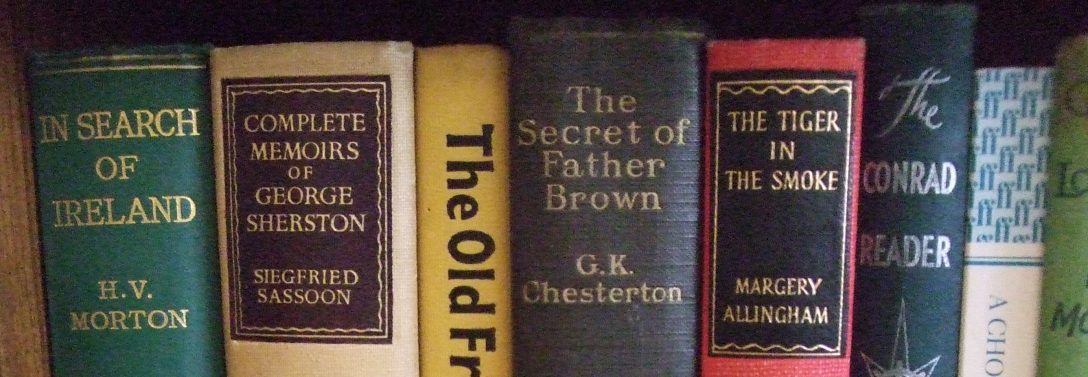There were many fine poets in America in the twentieth century but Delmore Schwartz (1913–1966) seems to have been rather overshadowed by those who came after him. He is perhaps best known today as Lou Reed’s mentor at Syracuse university and the inspiration for the title character of Saul Bellow’s novel Humboldt’s Gift.
Like some other poems I have written about here, I discovered this one in the Faber anthology, One Hundred Poems by One Hundred Poets.
There’s a word in the second verse that I had to look up: “theodicy”. It’s an attempt to explain the existence of evil in a world created by God.
This is a serious poem, a contemplation of one of the classic themes of poetry, the passage of time. From one specific day in 1937, the poem moves mainly back but also forwards in time. I passed a milestone birthday the other day, so the last five lines take on quite a significance for me.
Calmly We Walk Through This April’s Day reminds me a bit of T S Eliot, with the language alternating between the modern and colloquial and phrases that seem somehow Elizabethan.
Calmly we walk through this April’s day by Delmore Schwartz
Calmly we walk through this April’s day,
Metropolitan poetry here and there,
In the park sit pauper and rentier,
The screaming children, the motor-car
Fugitive about us, running away,
Between the worker and the millionaire
Number provides all distances,
It is Nineteen Thirty-Seven now,
Many great dears are taken away,
What will become of you and me
(This is the school in which we learn …)
Besides the photo and the memory?
(… that time is the fire in which we burn.)
(This is the school in which we learn …)
What is the self amid this blaze?
What am I now that I was then
Which I shall suffer and act again,
The theodicy I wrote in my high school days
Restored all life from infancy,
The children shouting are bright as they run
(This is the school in which they learn …)
Ravished entirely in their passing play!
(… that time is the fire in which they burn.)
Avid its rush, that reeling blaze!
Where is my father and Eleanor?
Not where are they now, dead seven years,
But what they were then?
No more? No more?
From Nineteen-Fourteen to the present day,
Bert Spira and Rhoda consume, consume
Not where they are now (where are they now?)
But what they were then, both beautiful;
Each minute bursts in the burning room,
The great globe reels in the solar fire,
Spinning the trivial and unique away.
(How all things flash! How all things flare!)
What am I now that I was then?
May memory restore again and again
The smallest color of the smallest day:
Time is the school in which we learn,
Time is the fire in which we burn.
